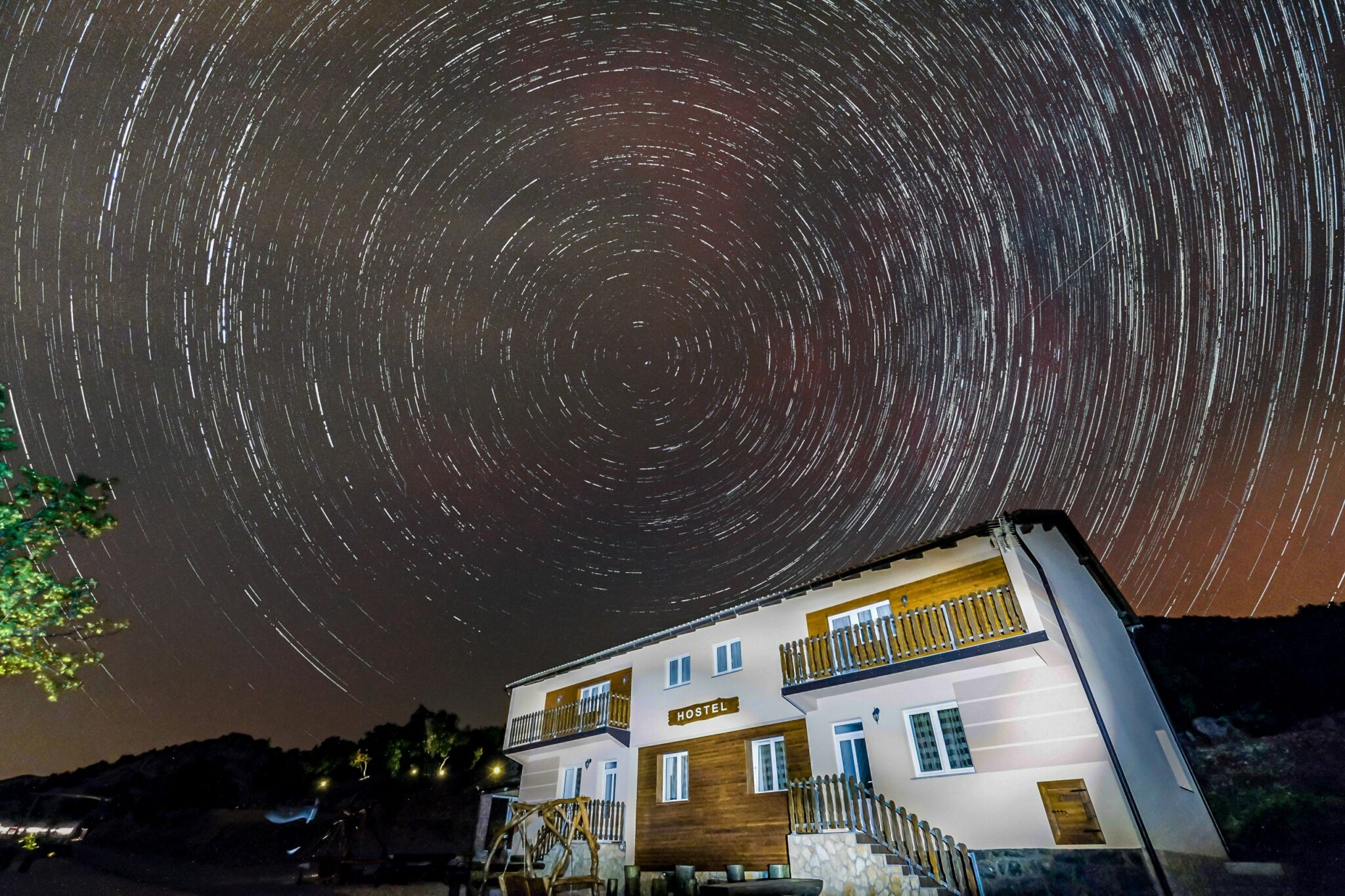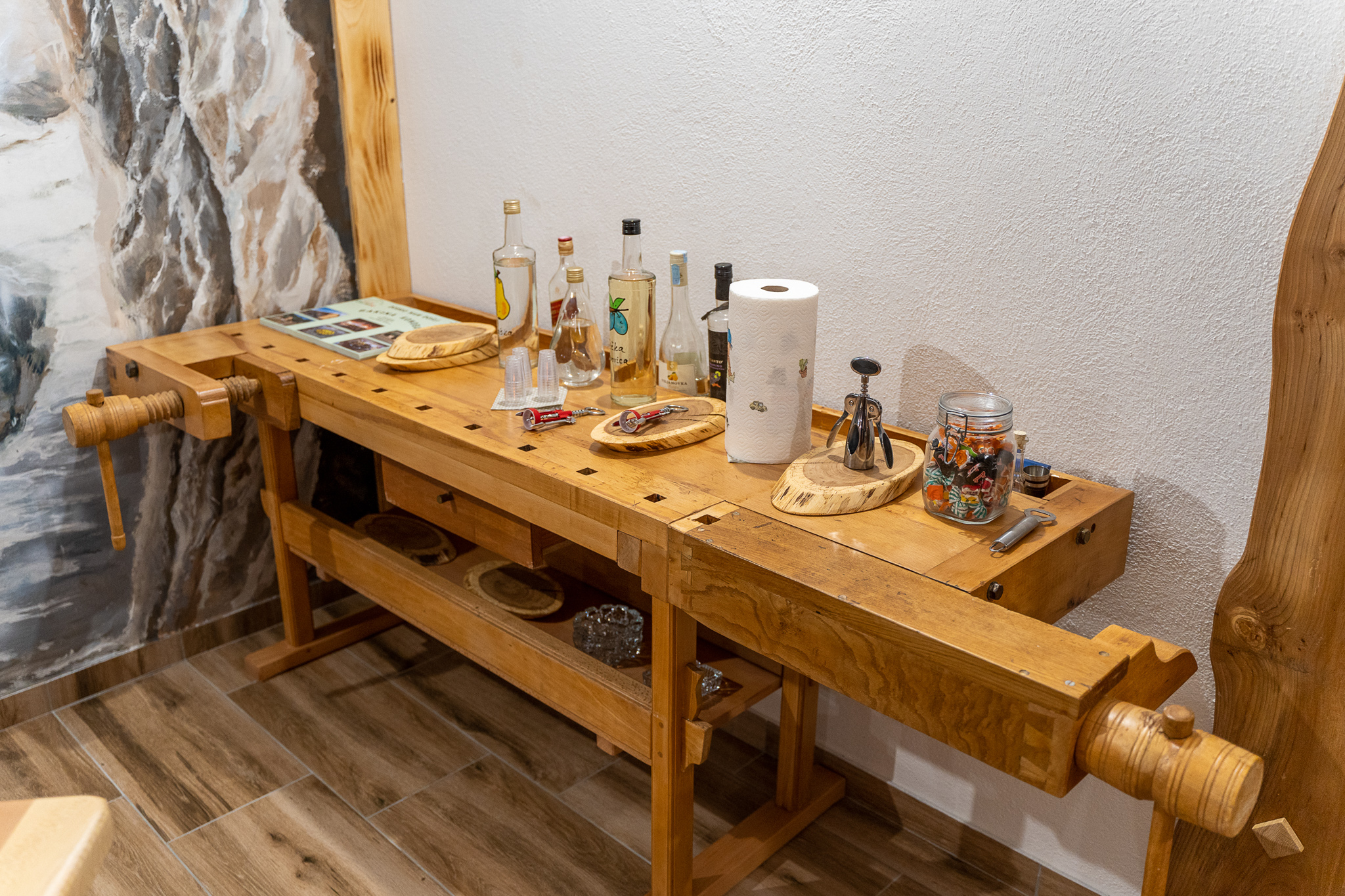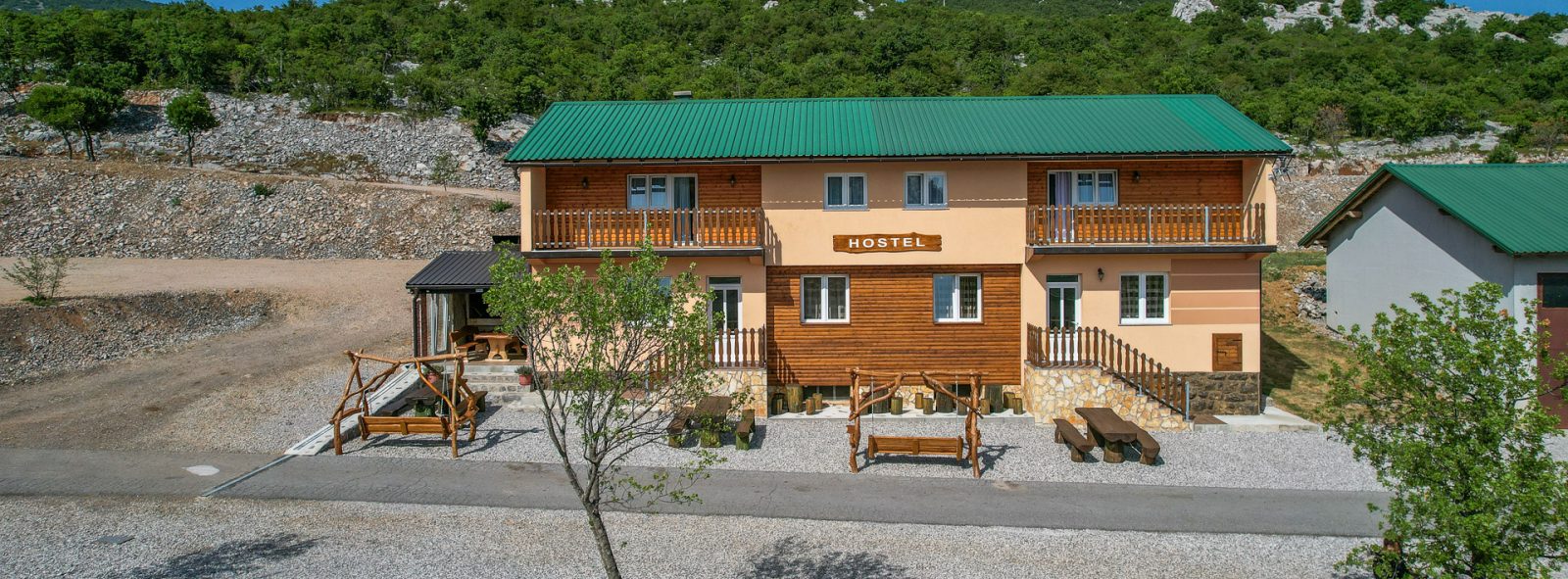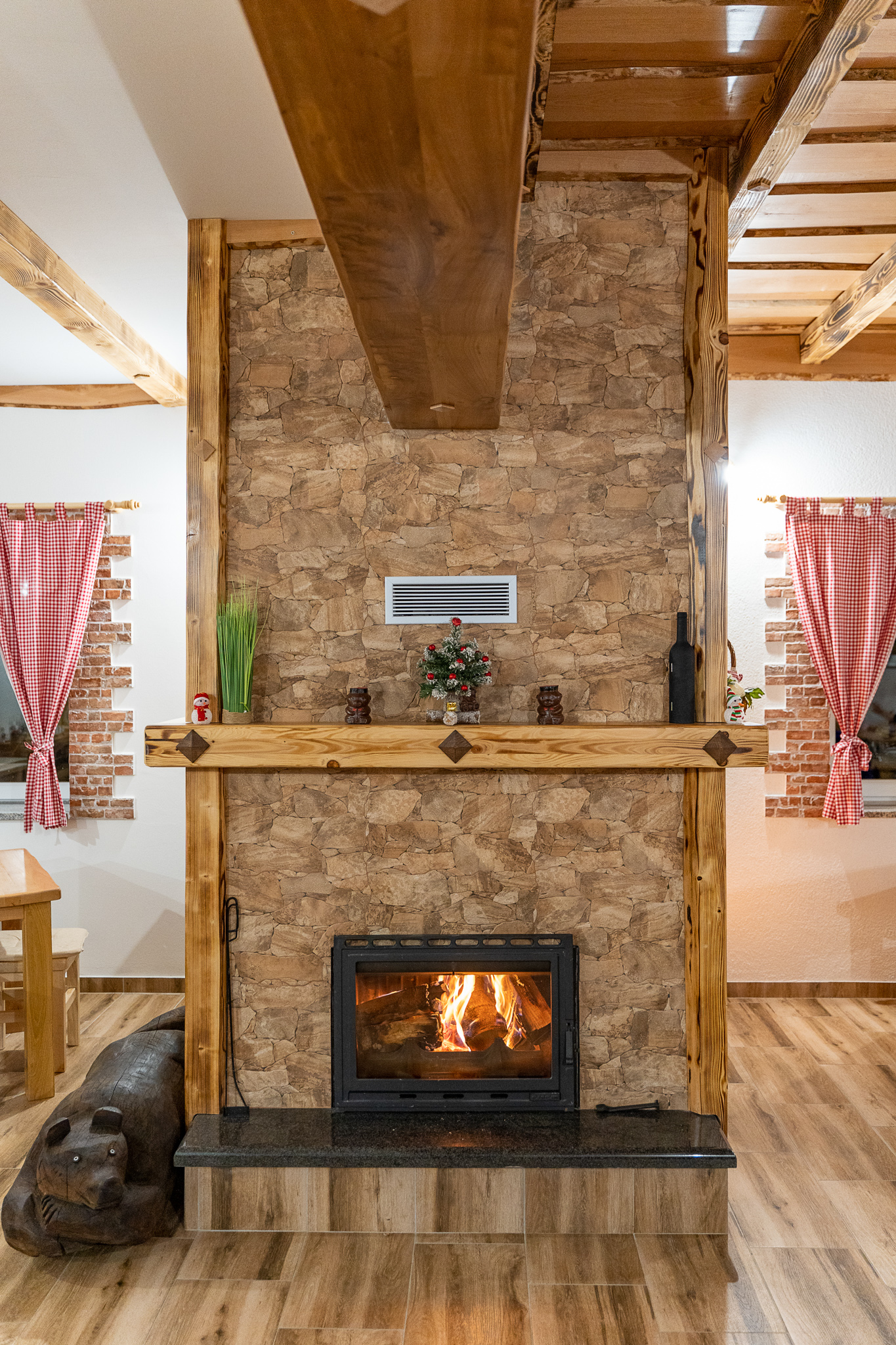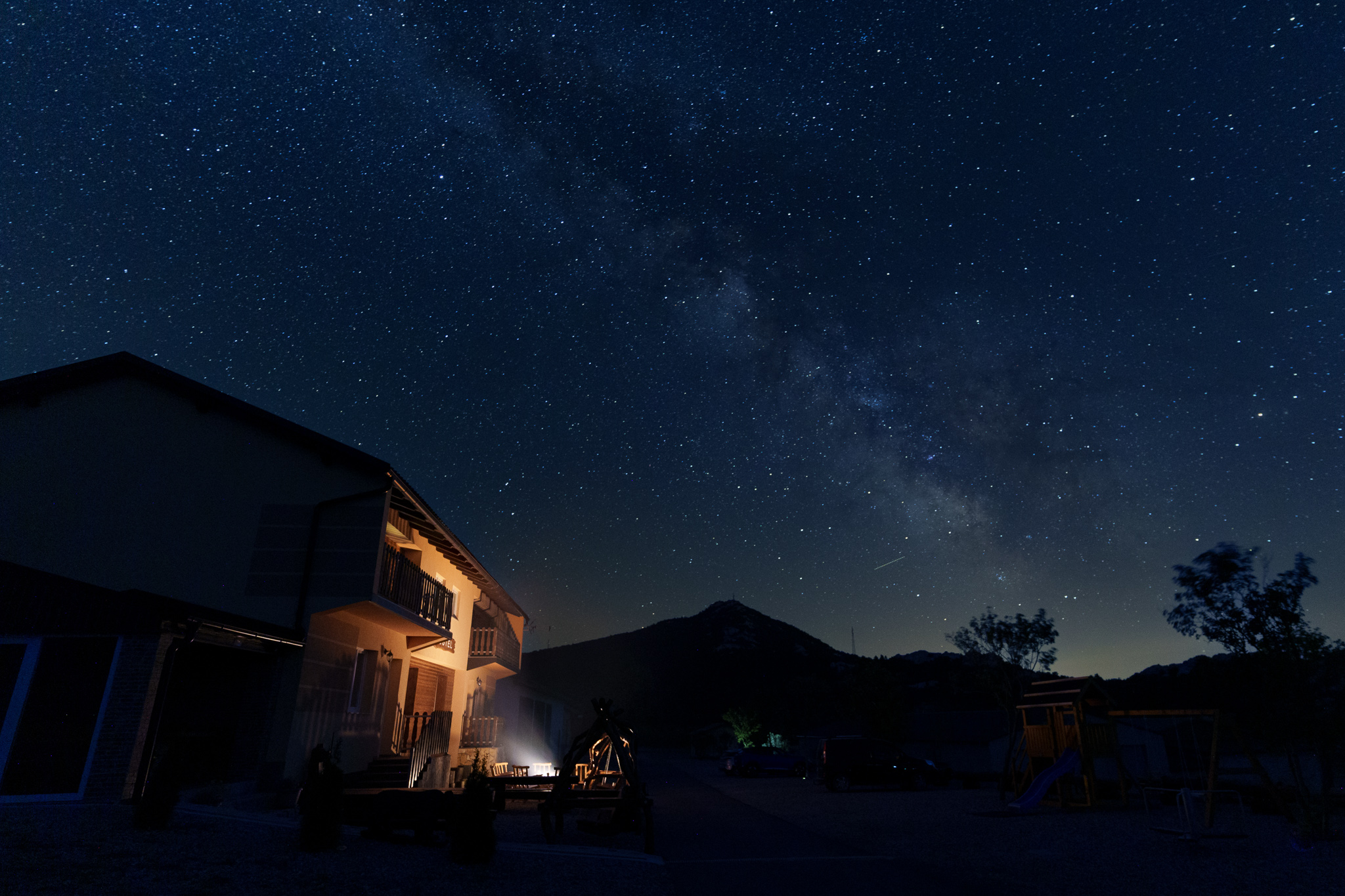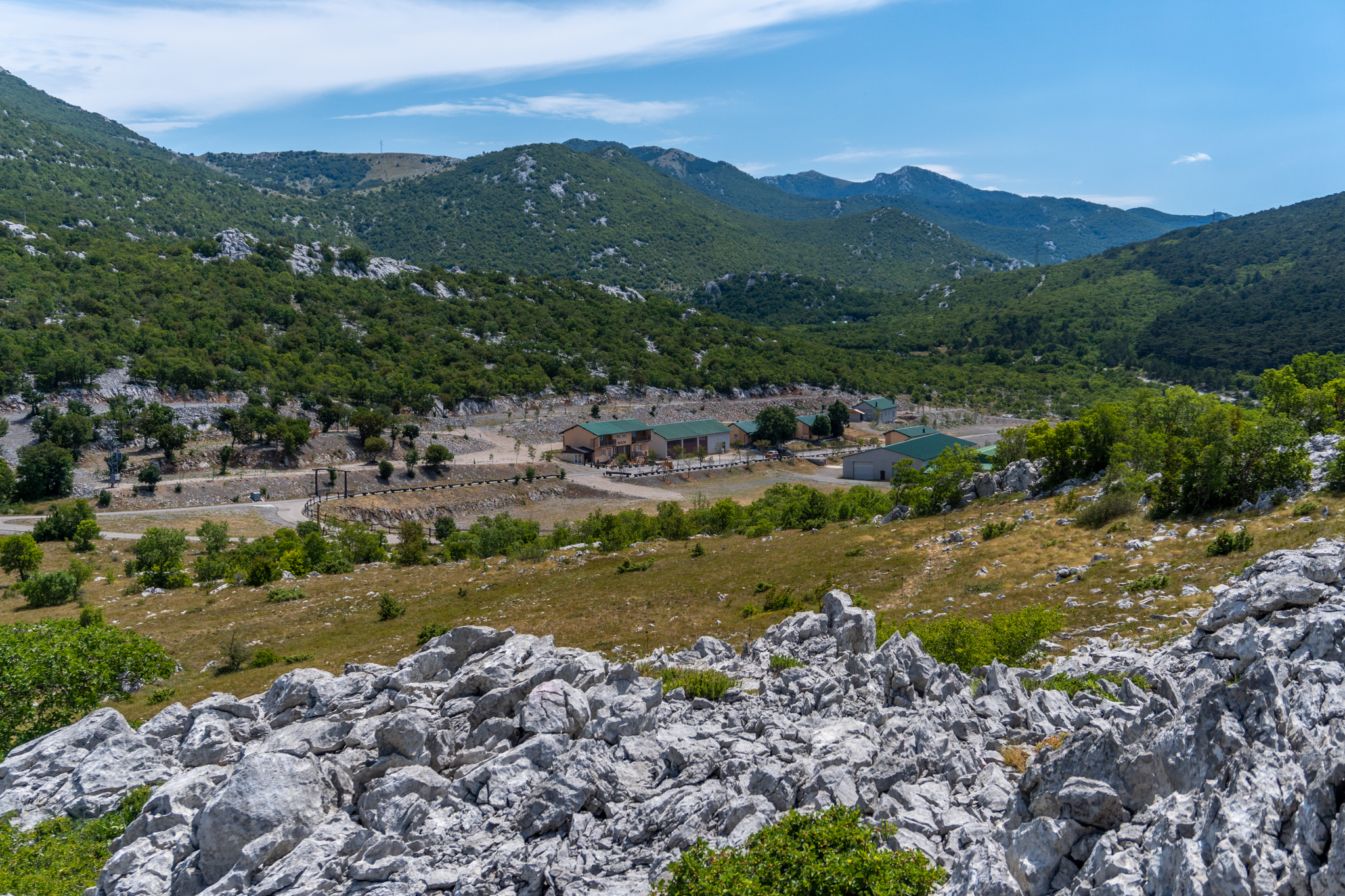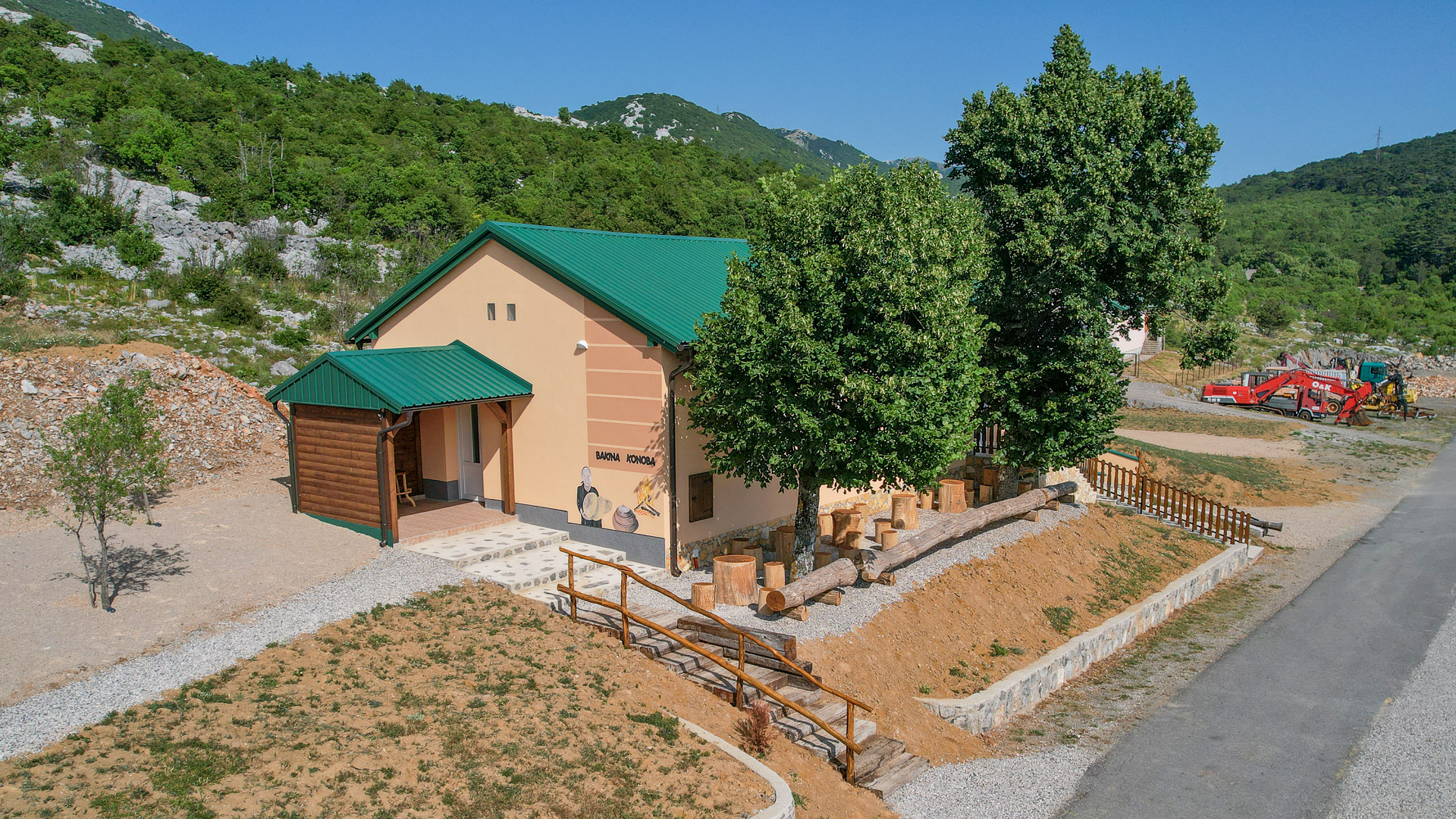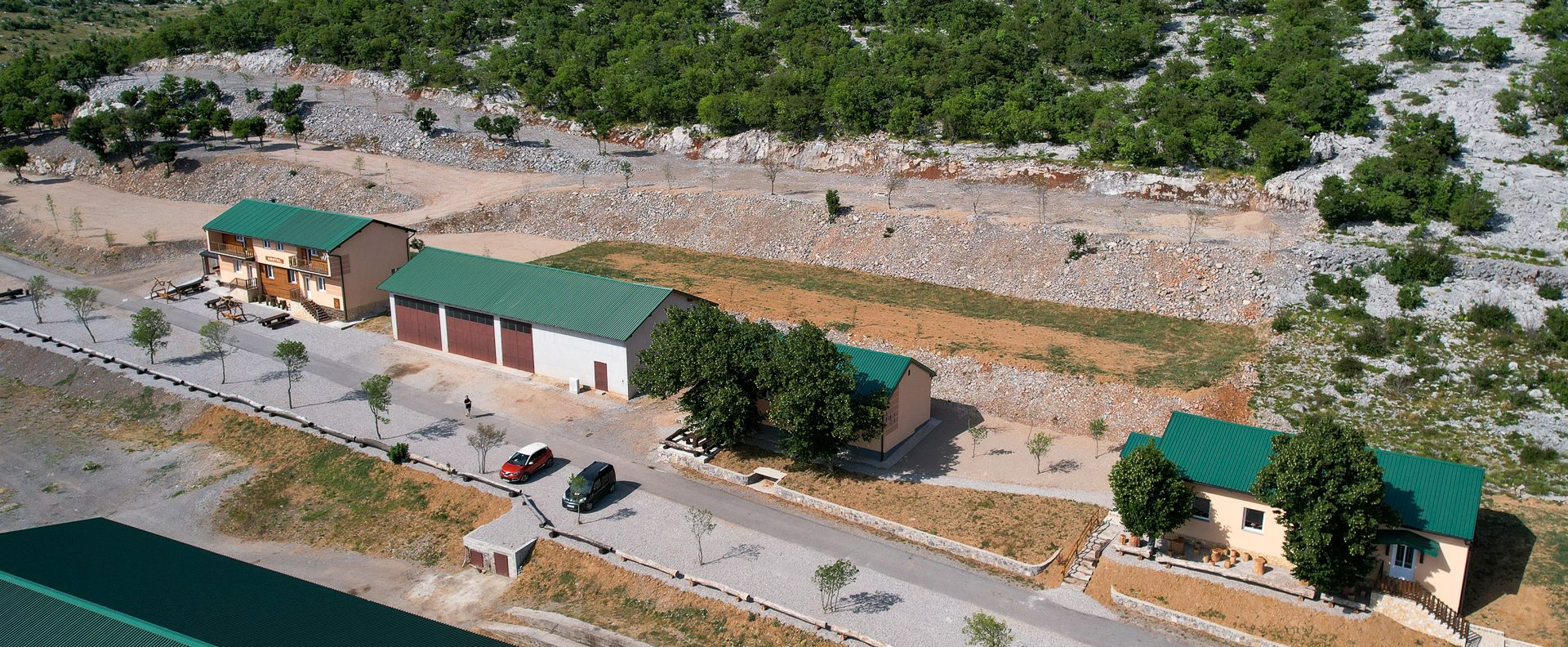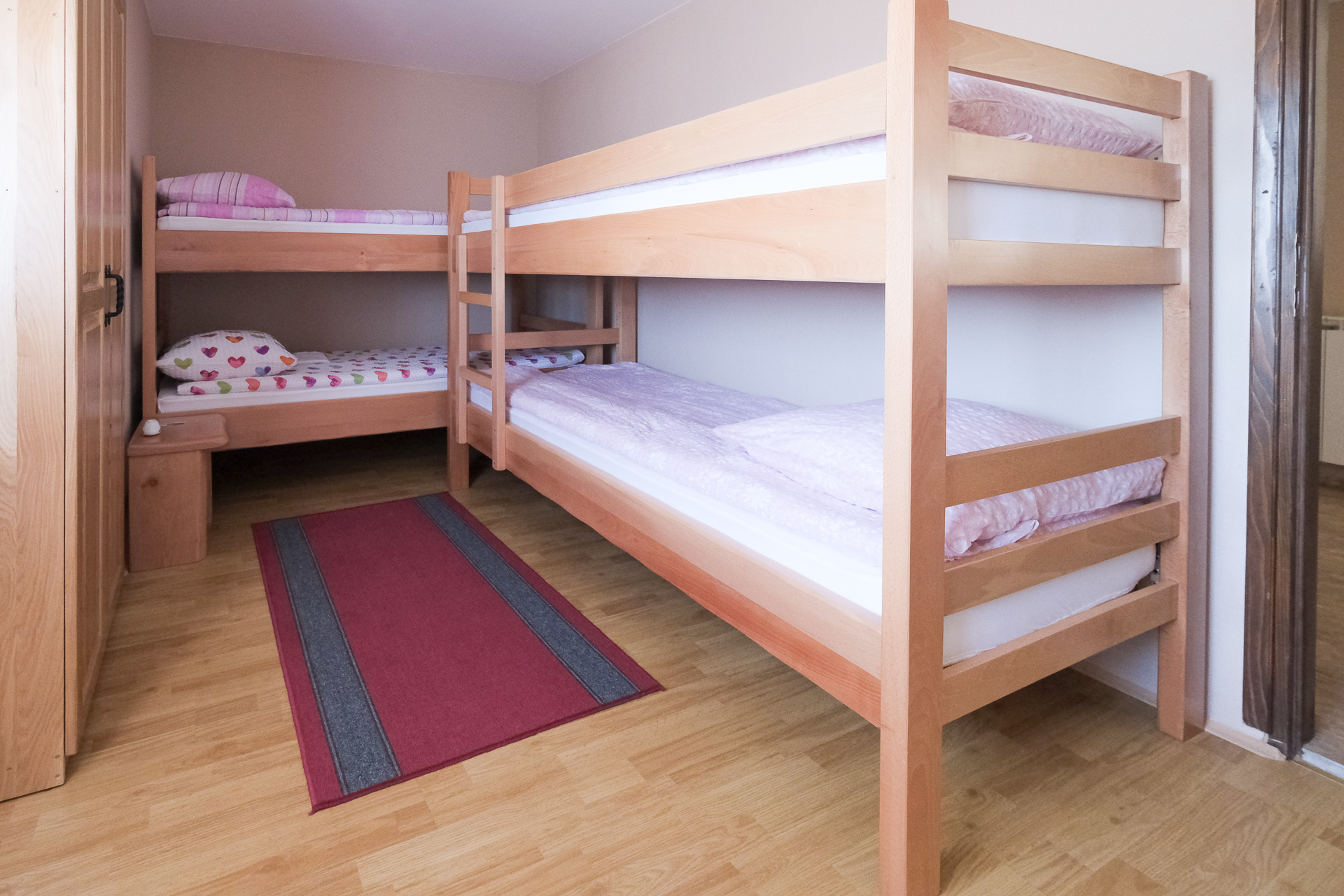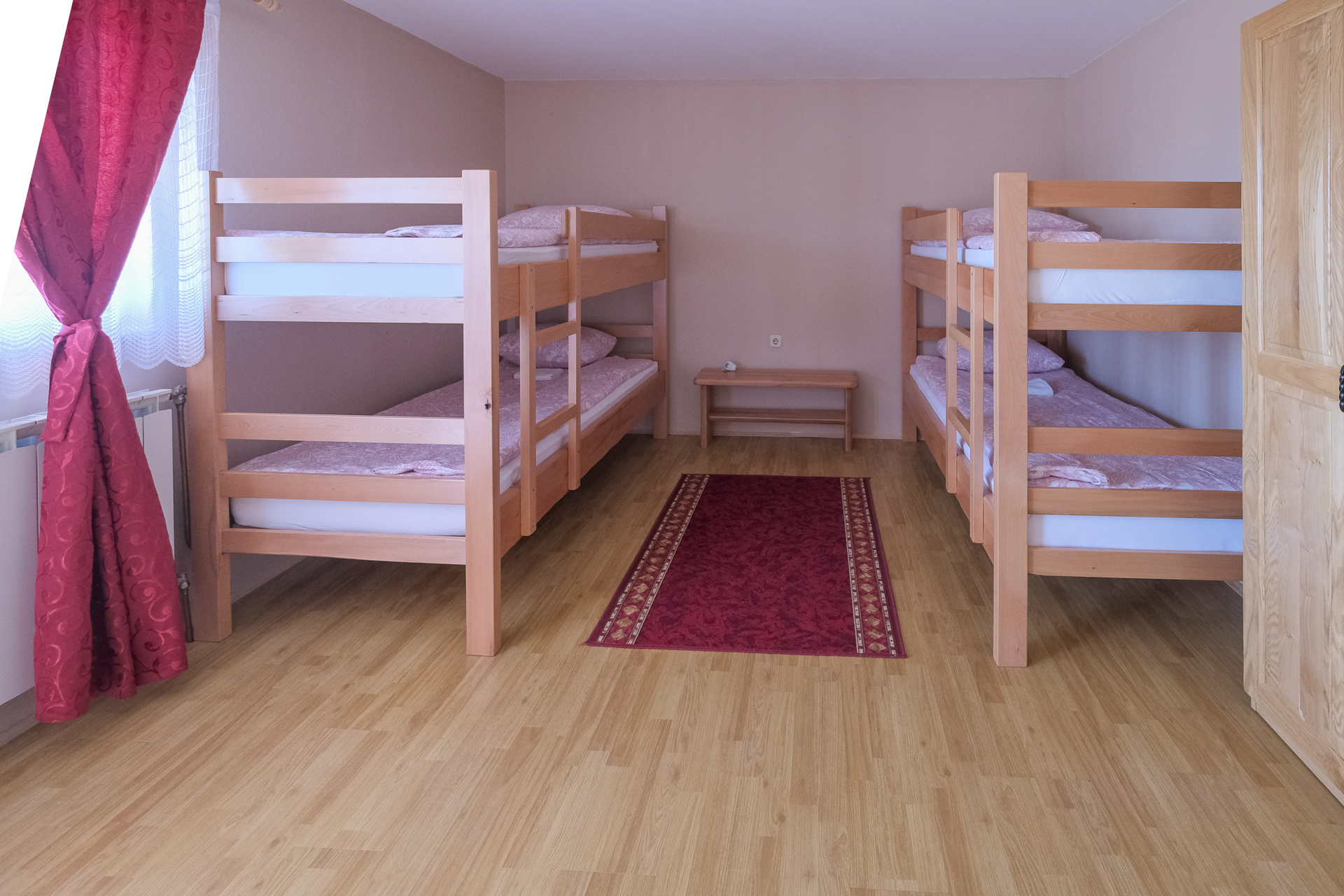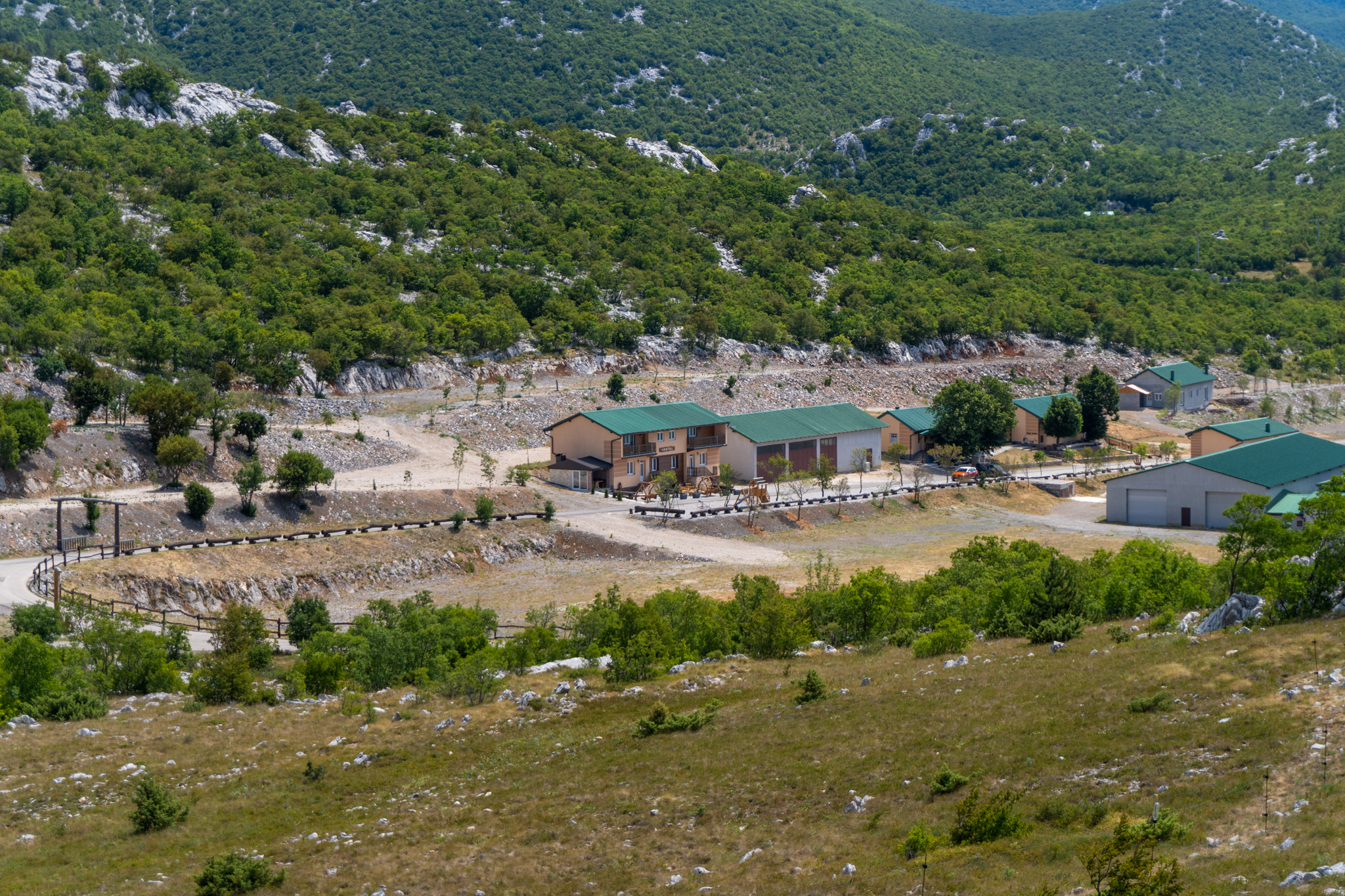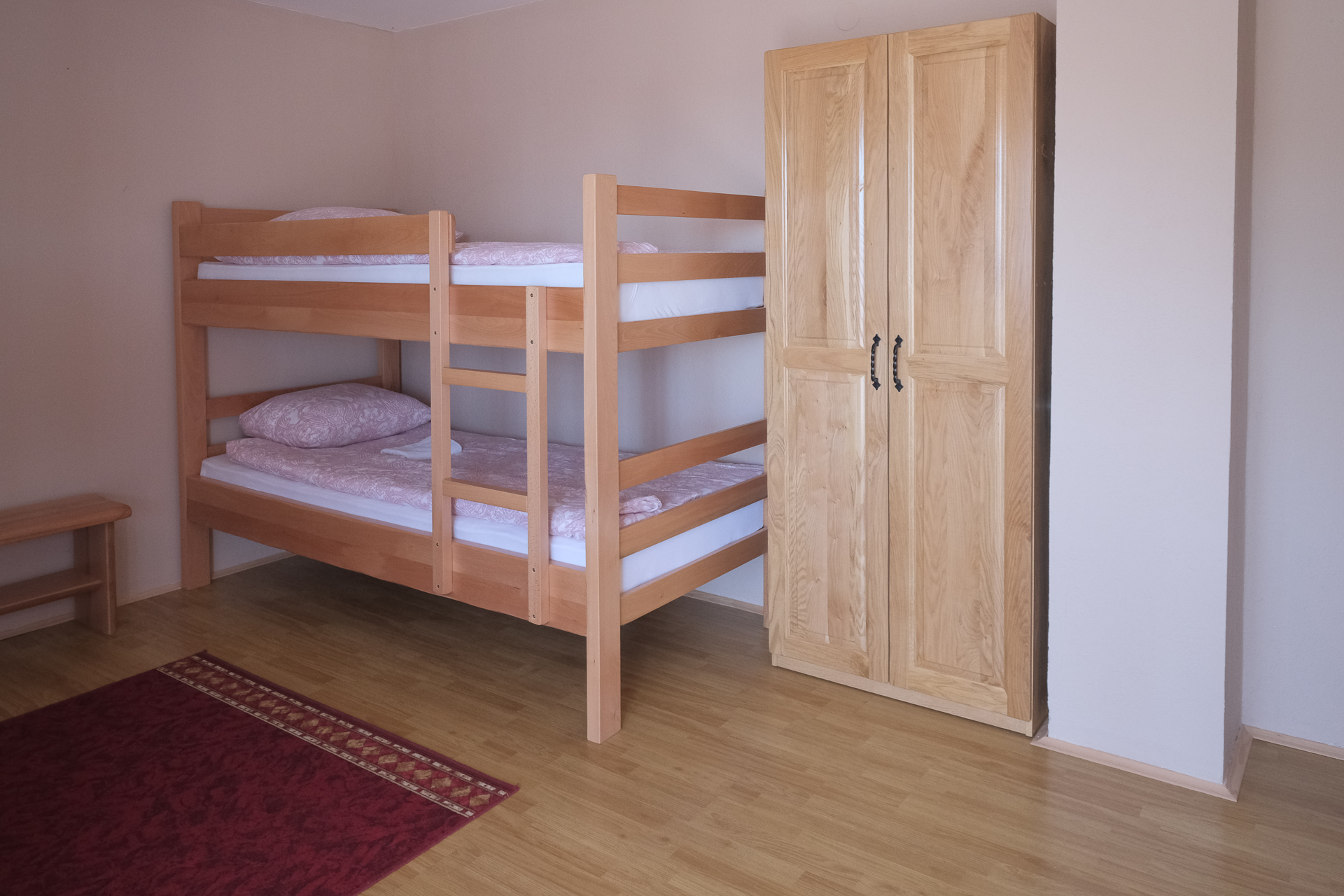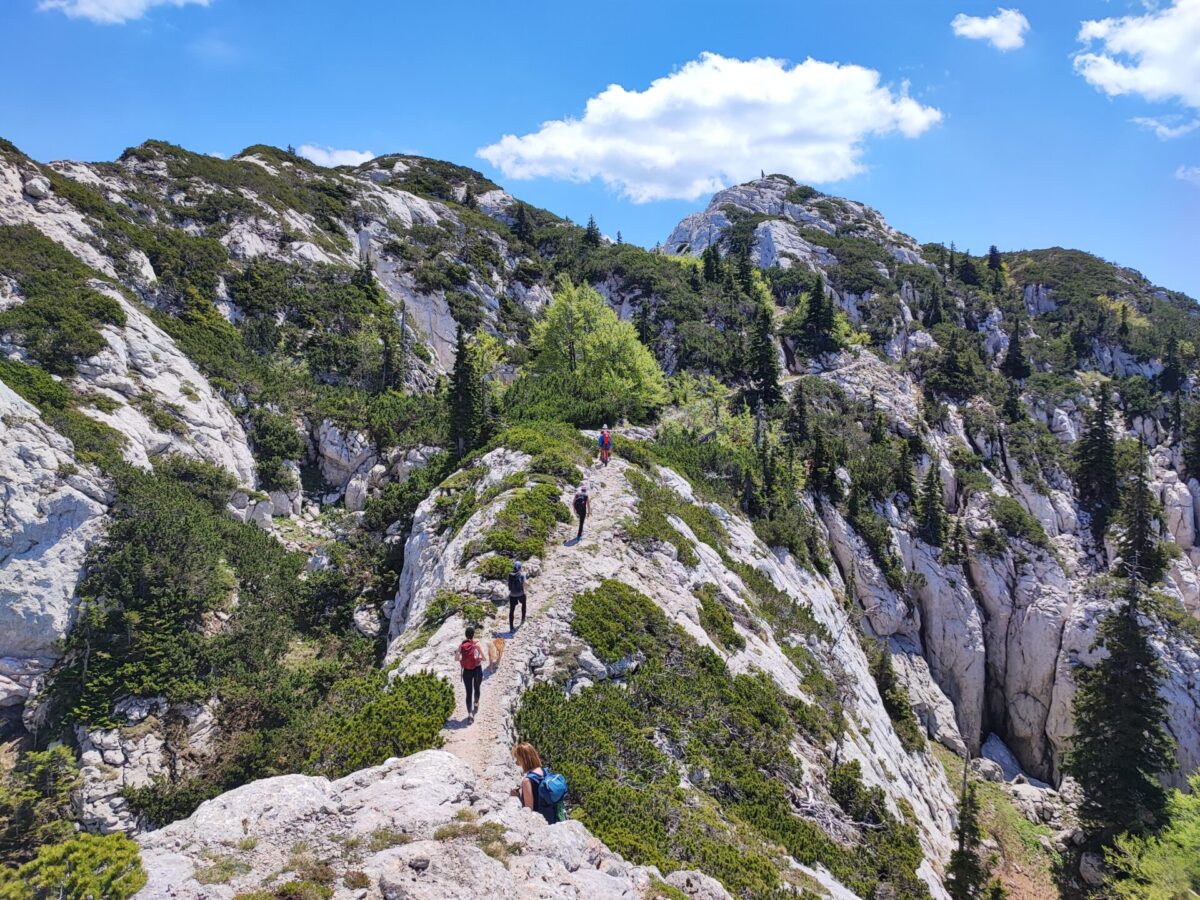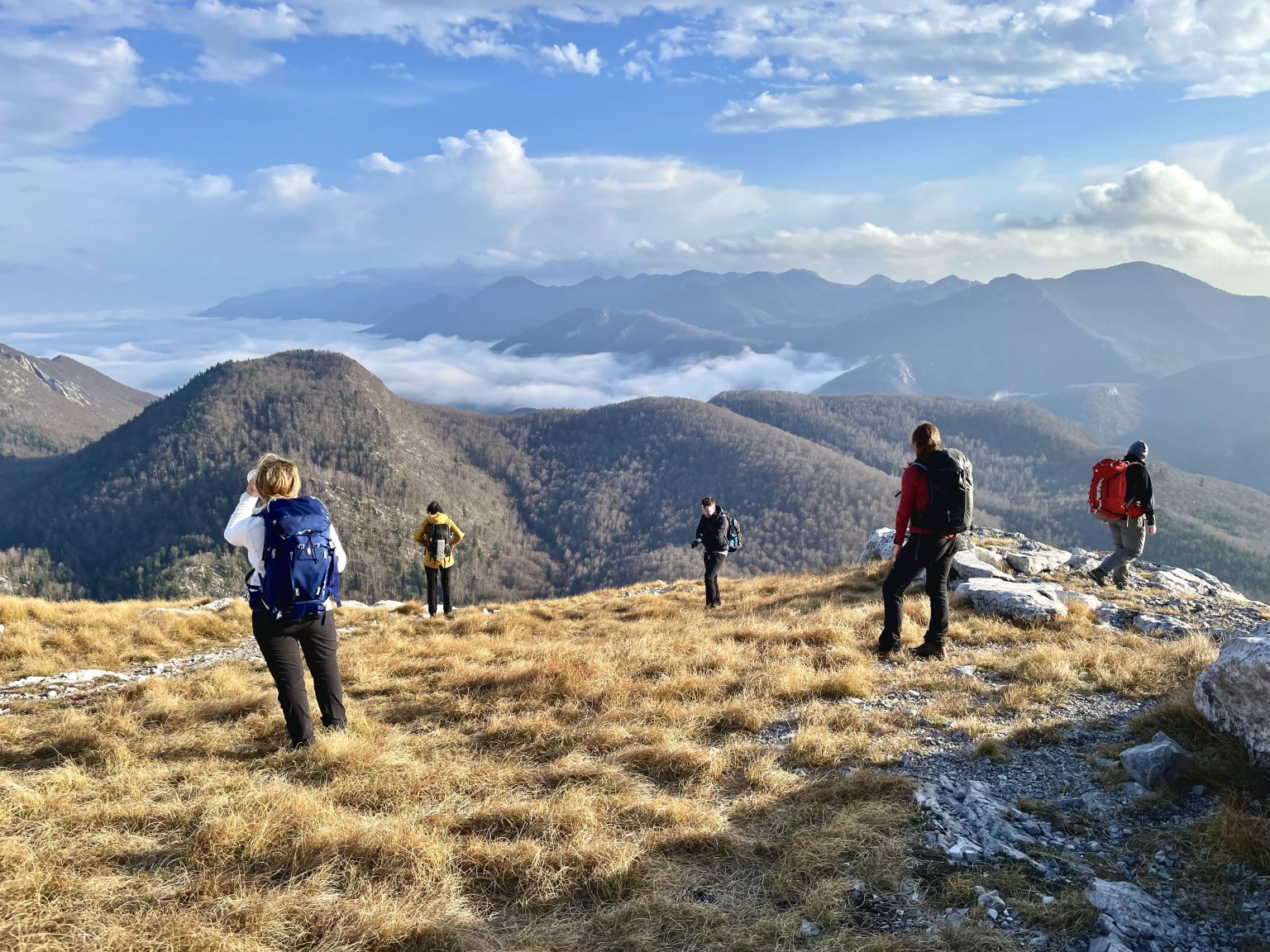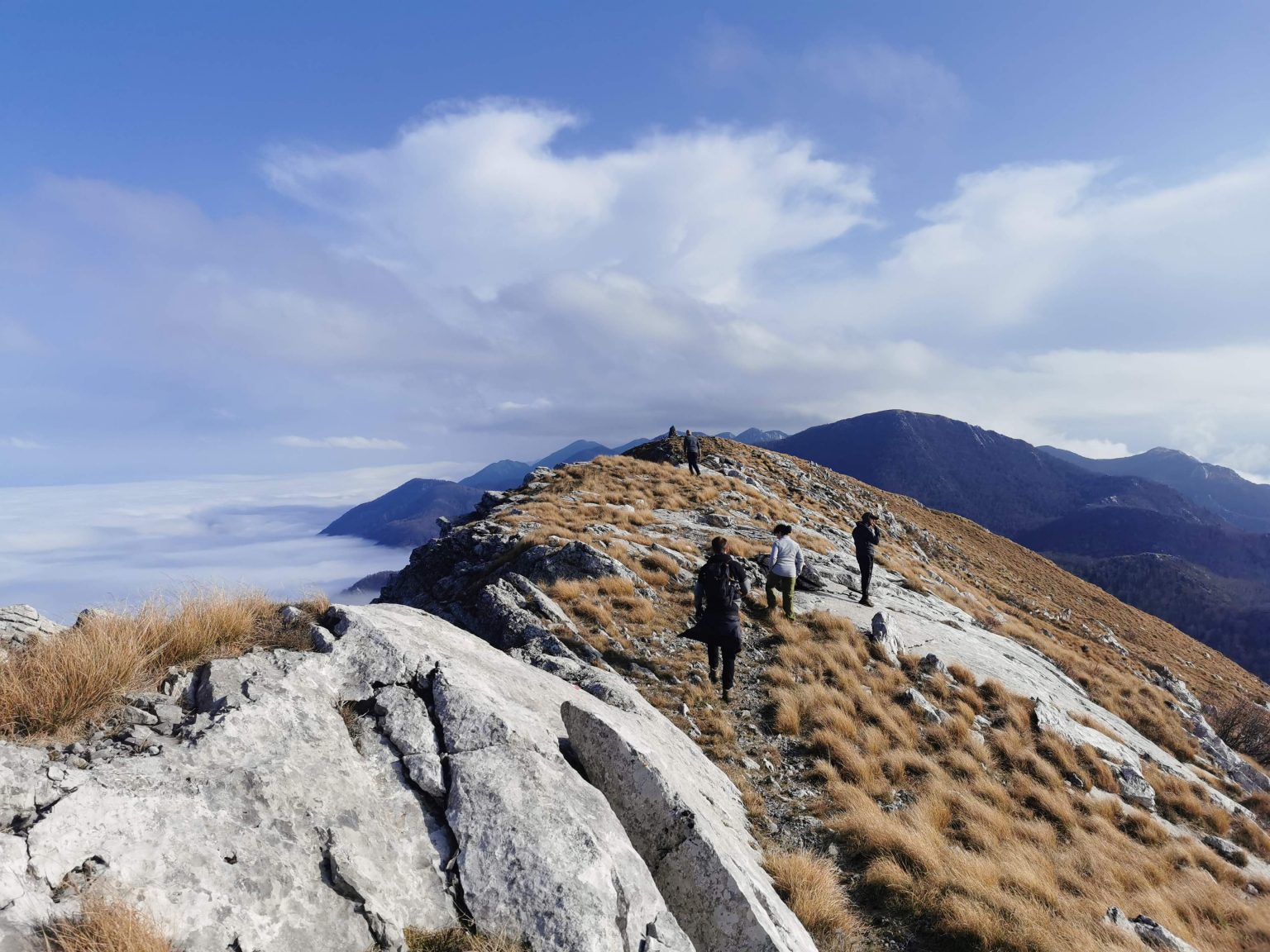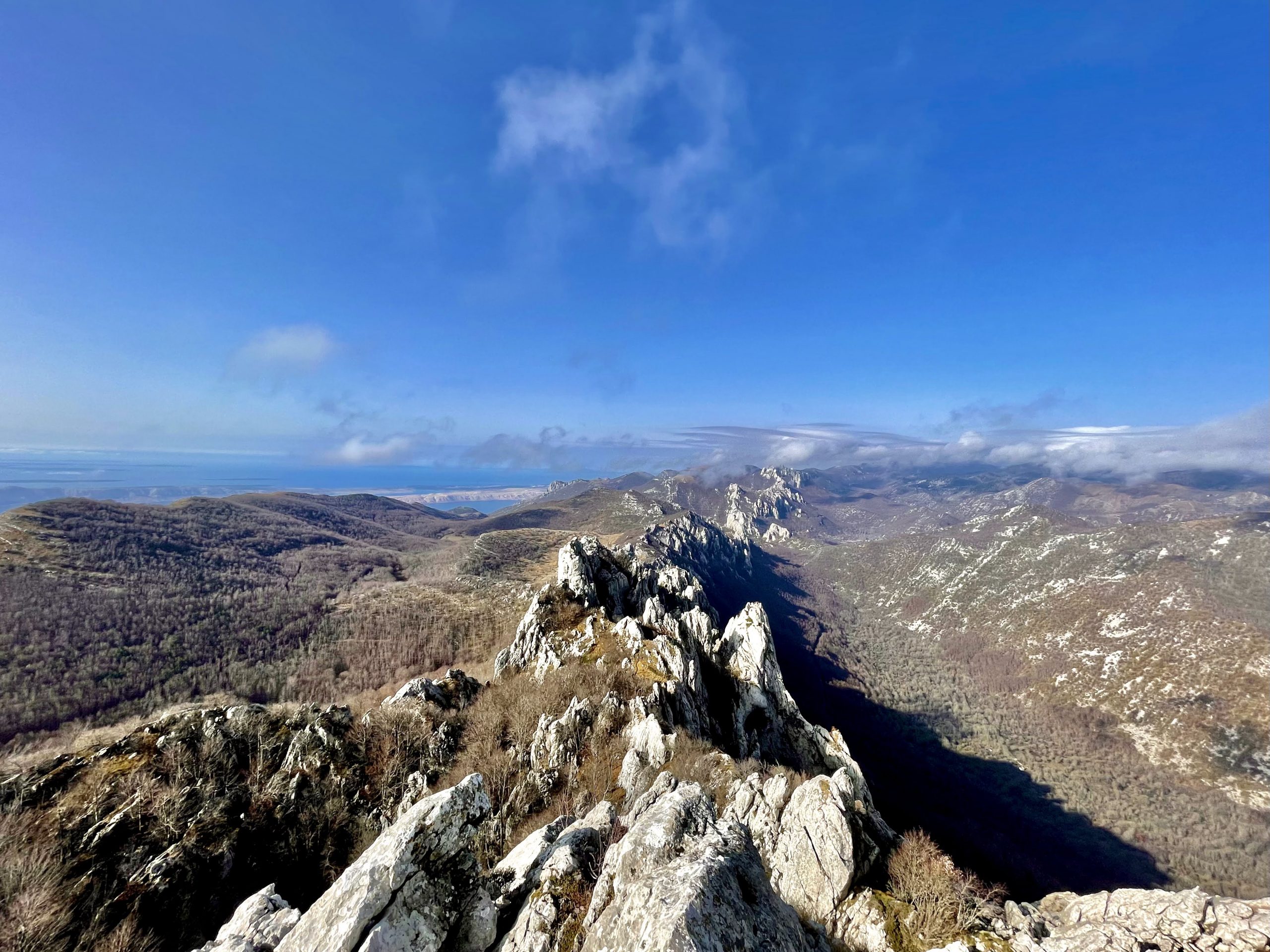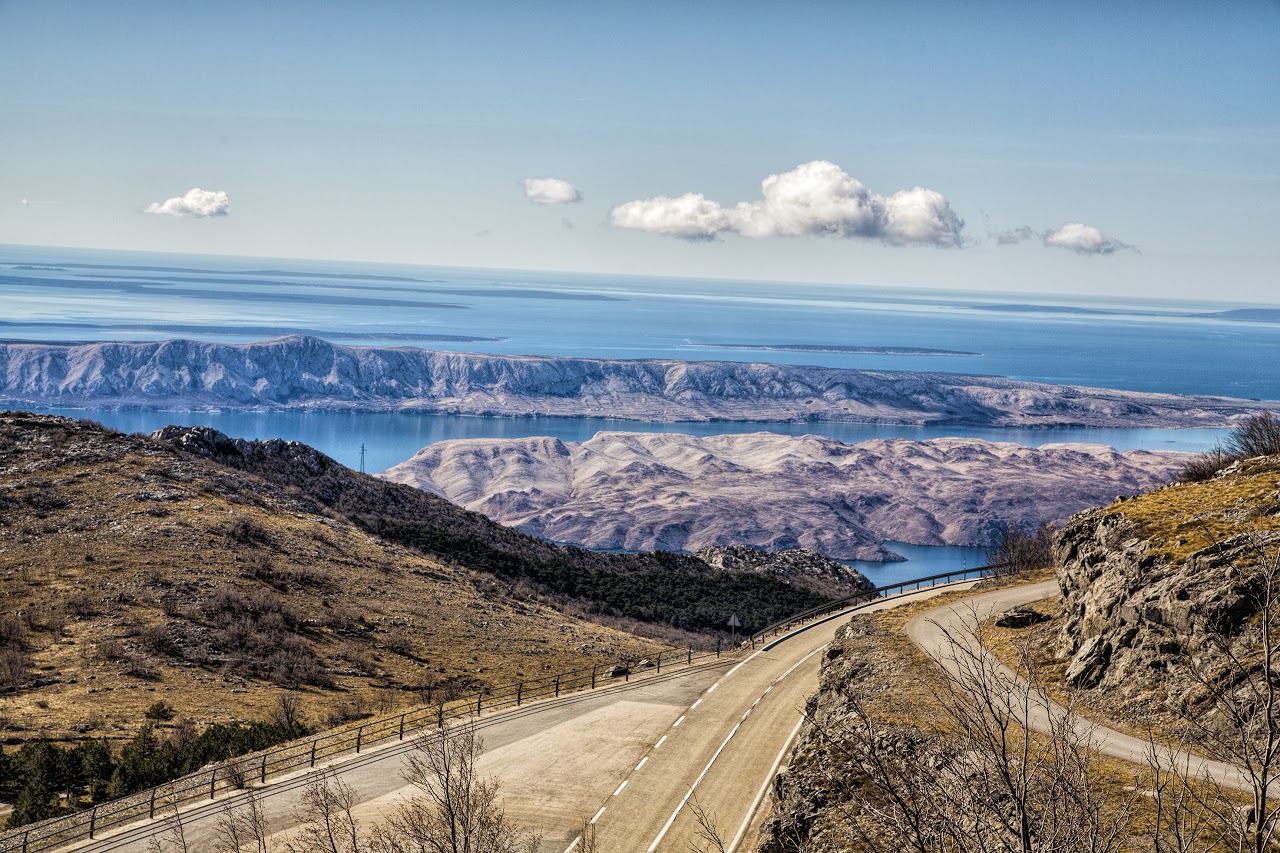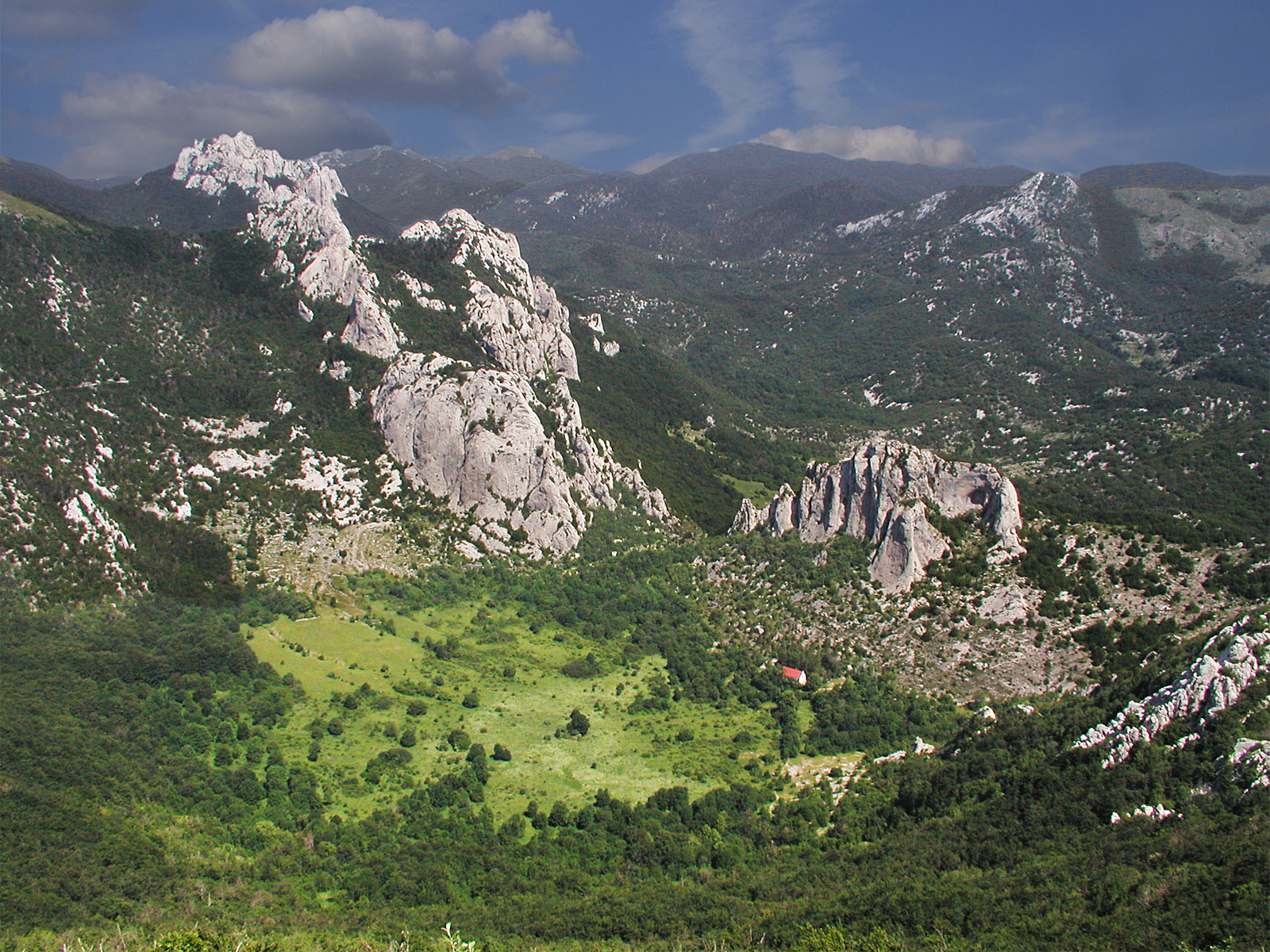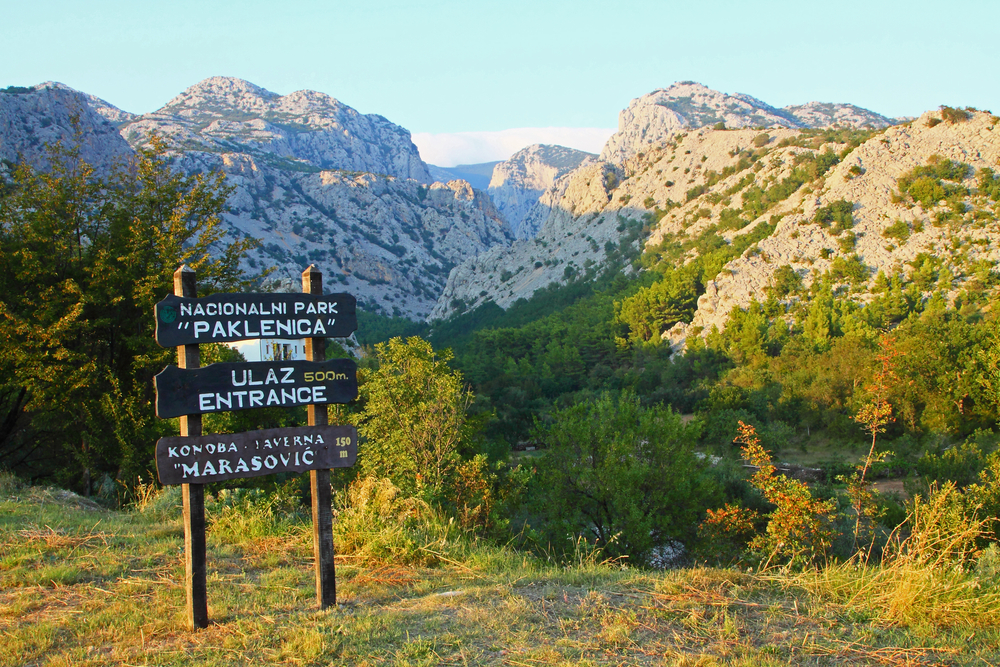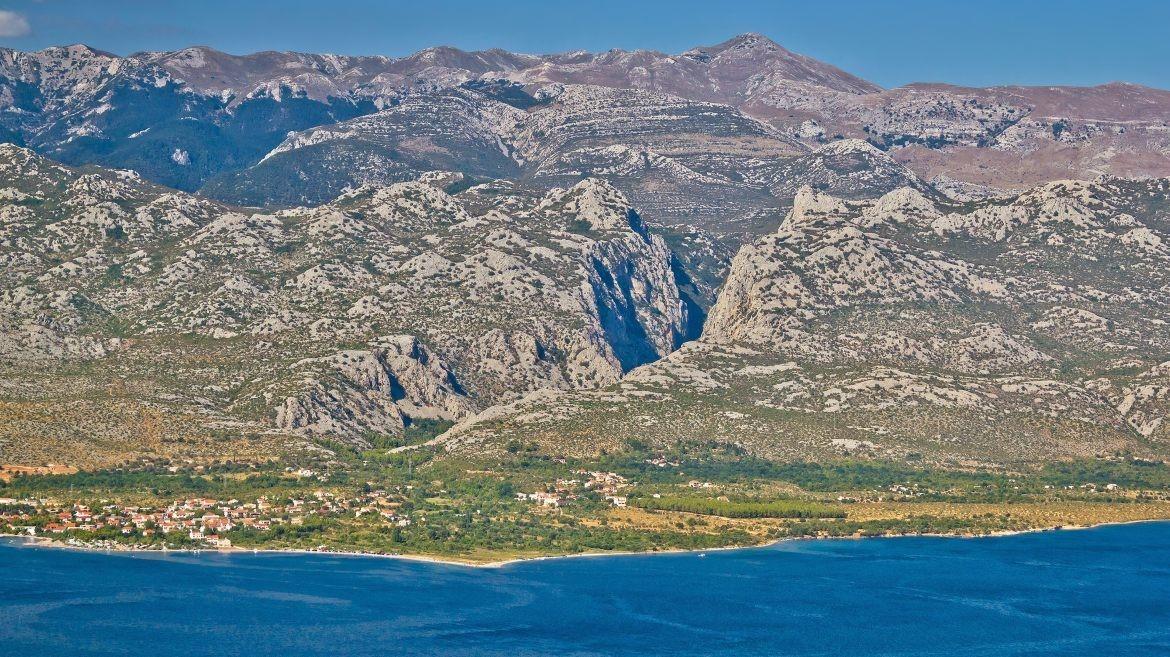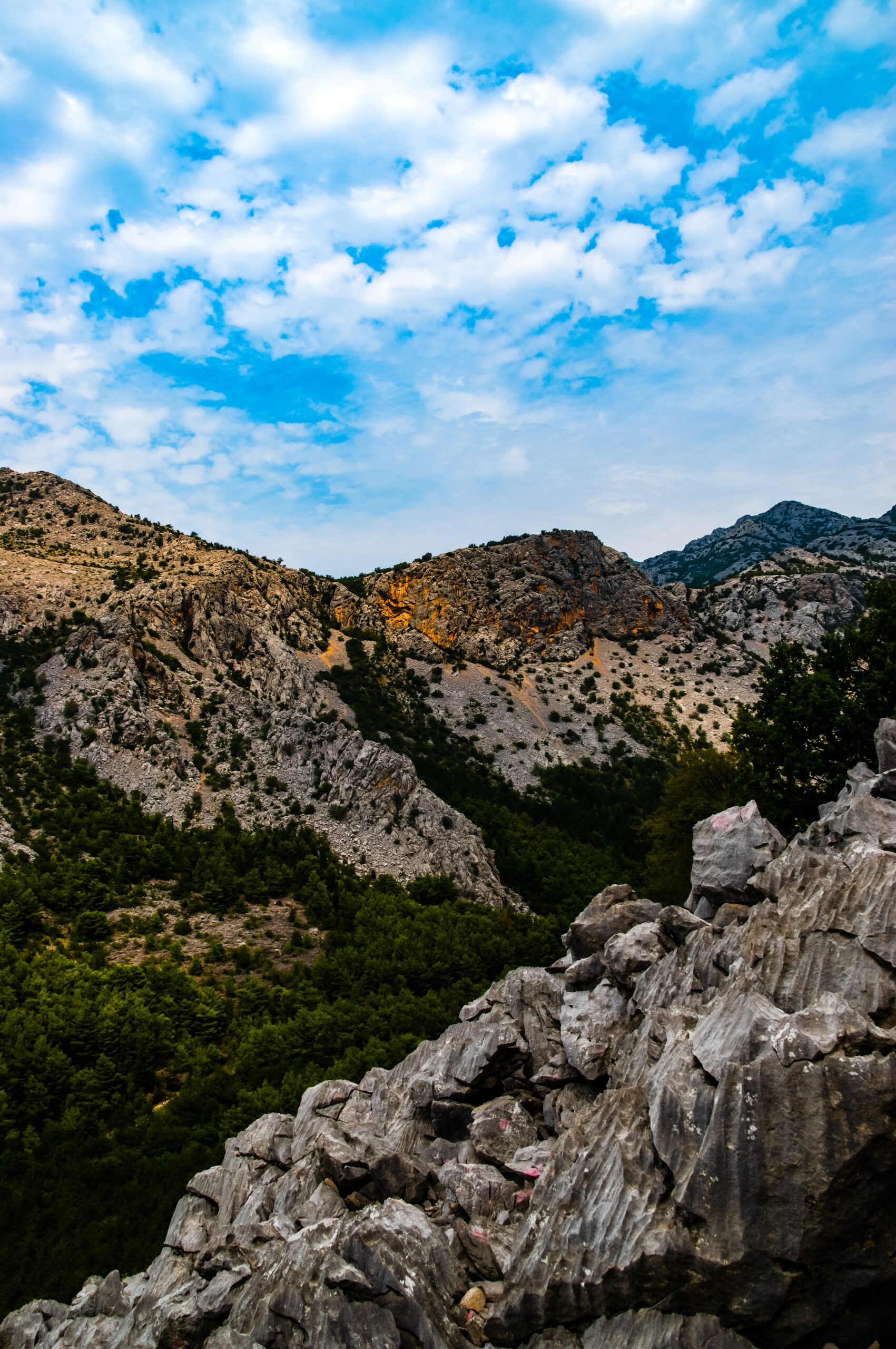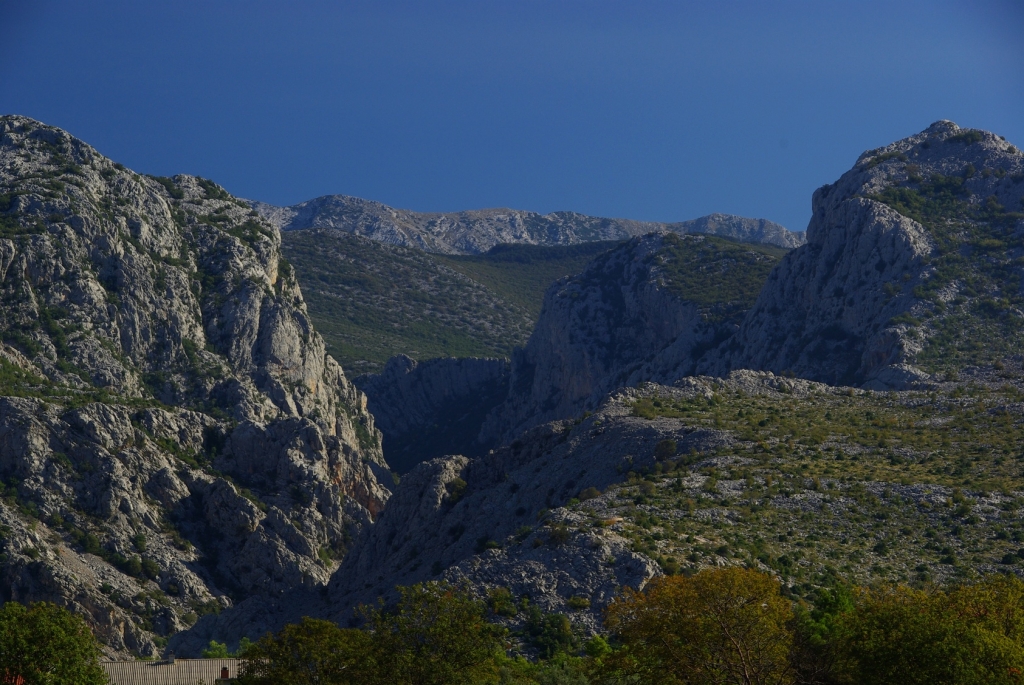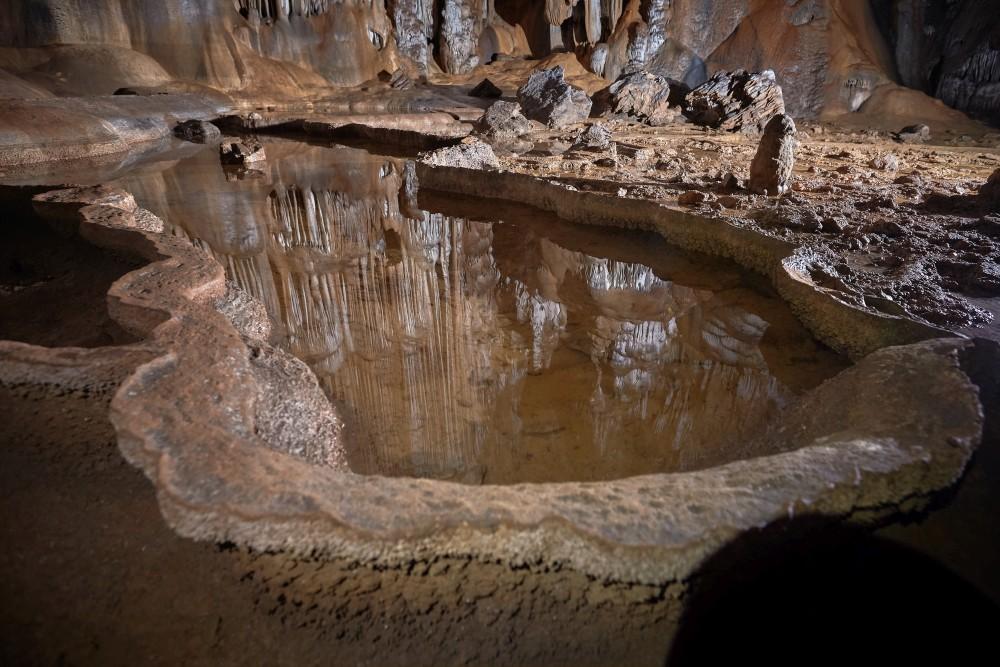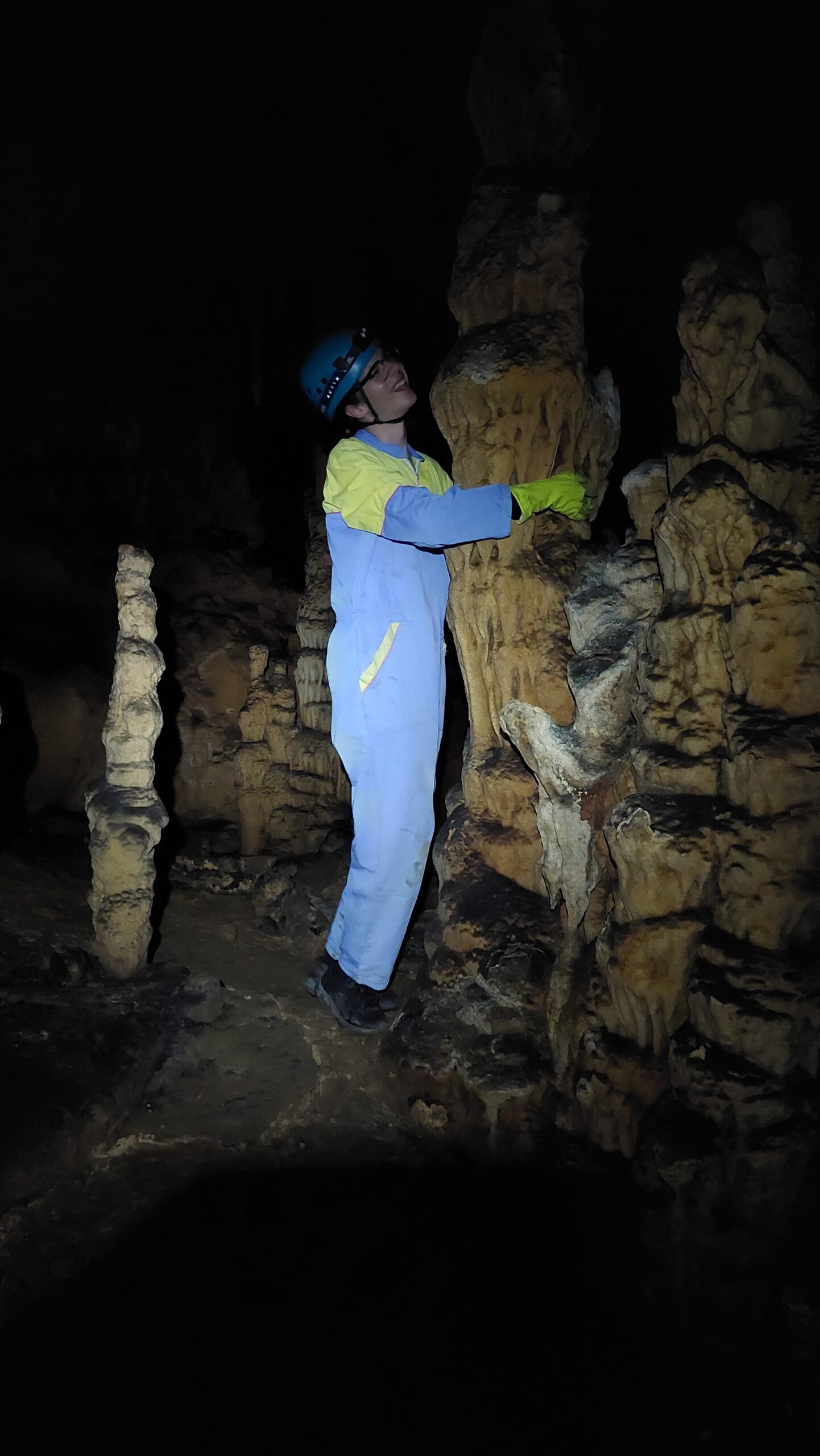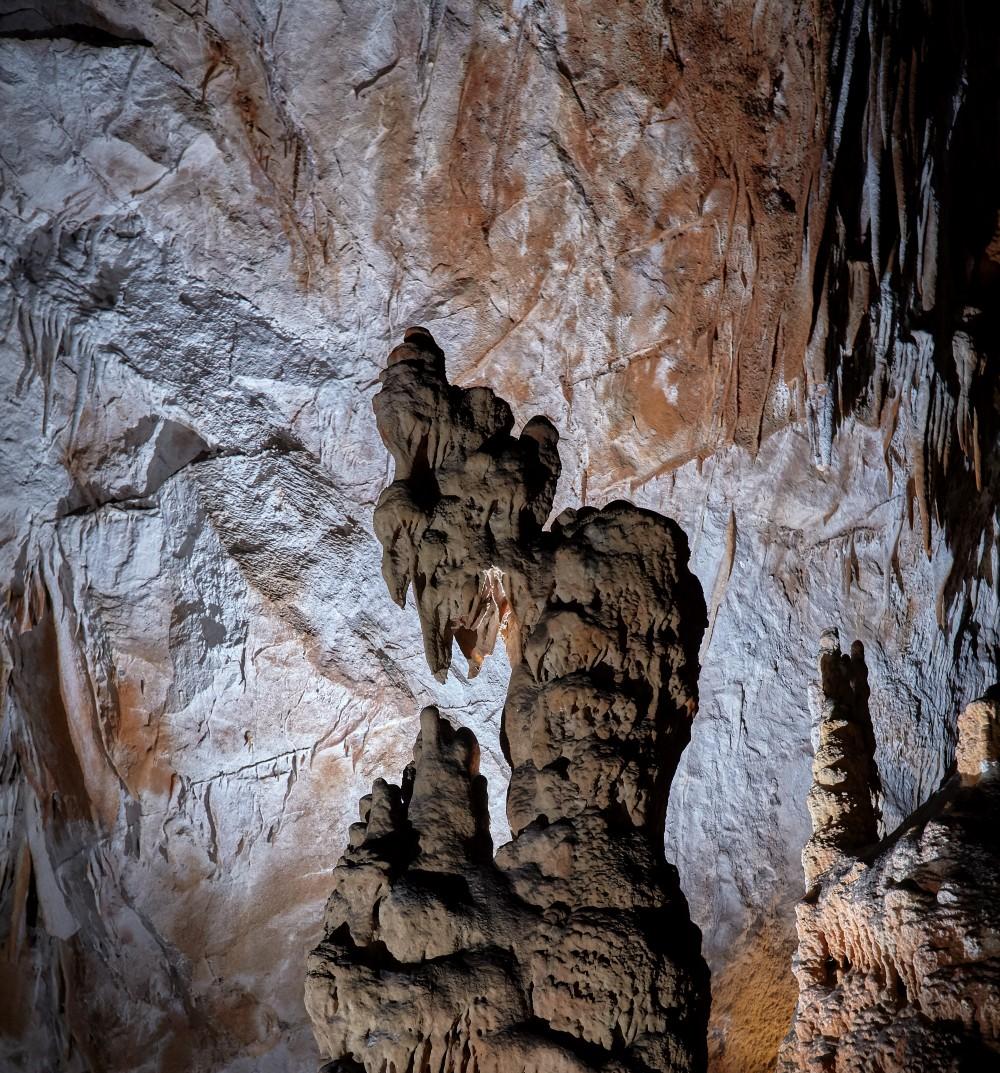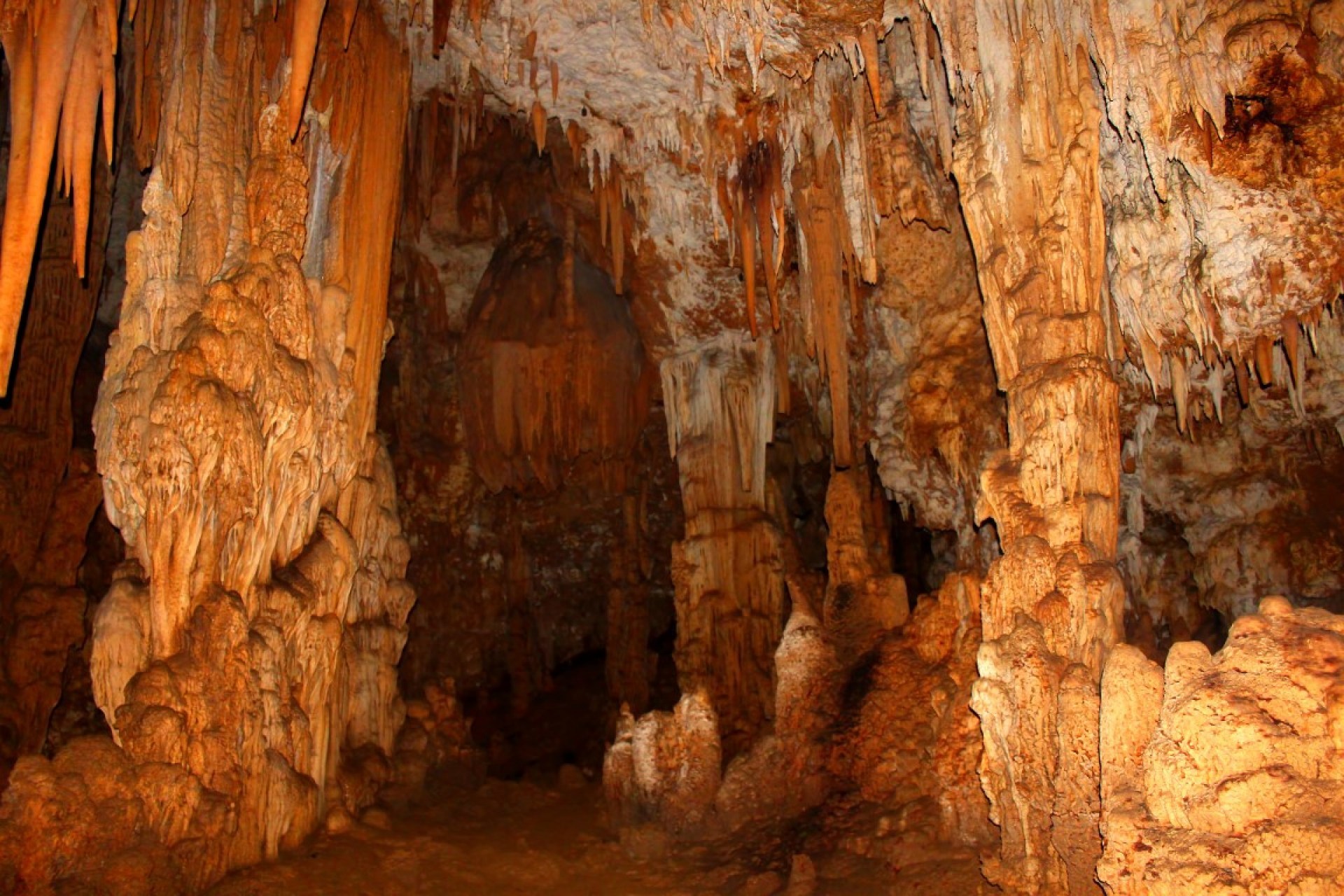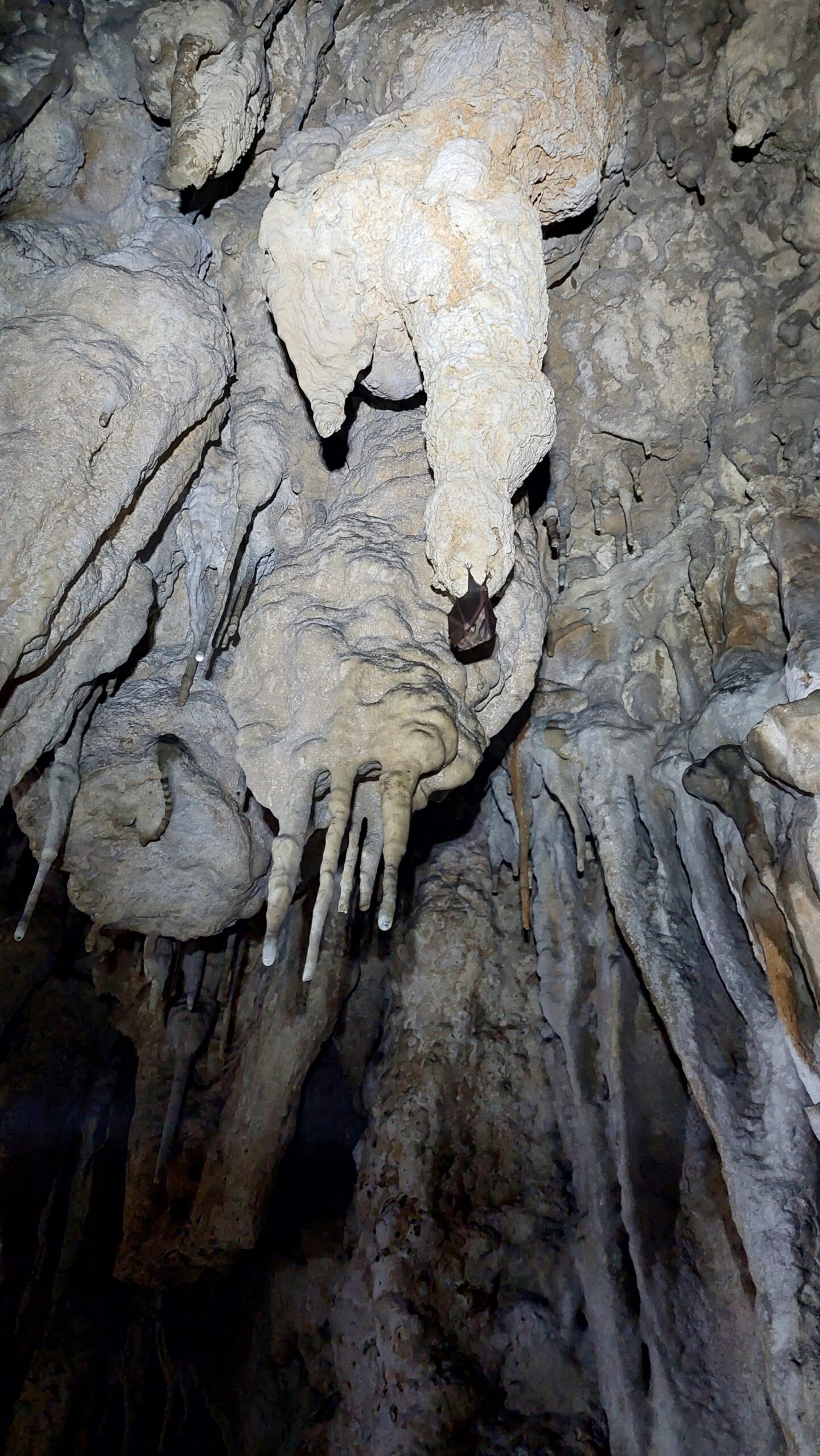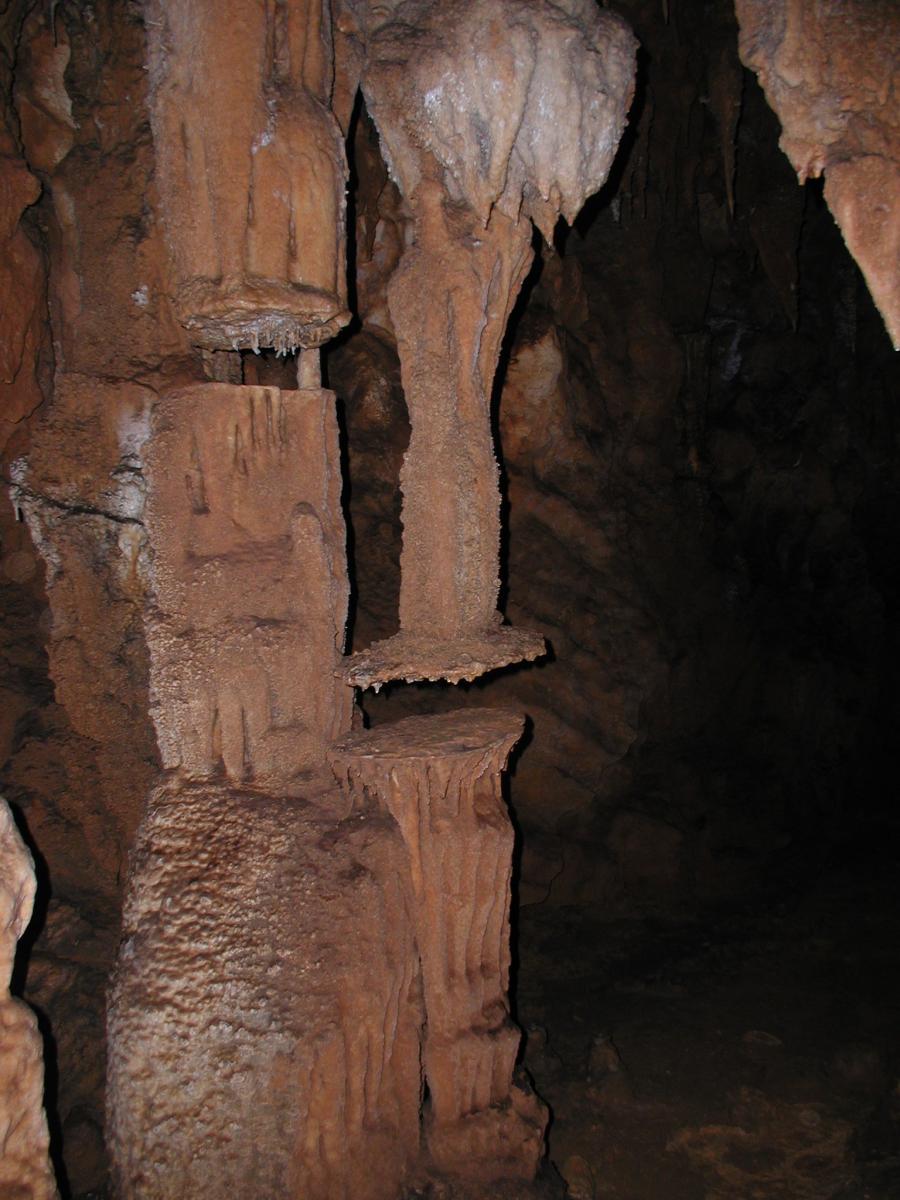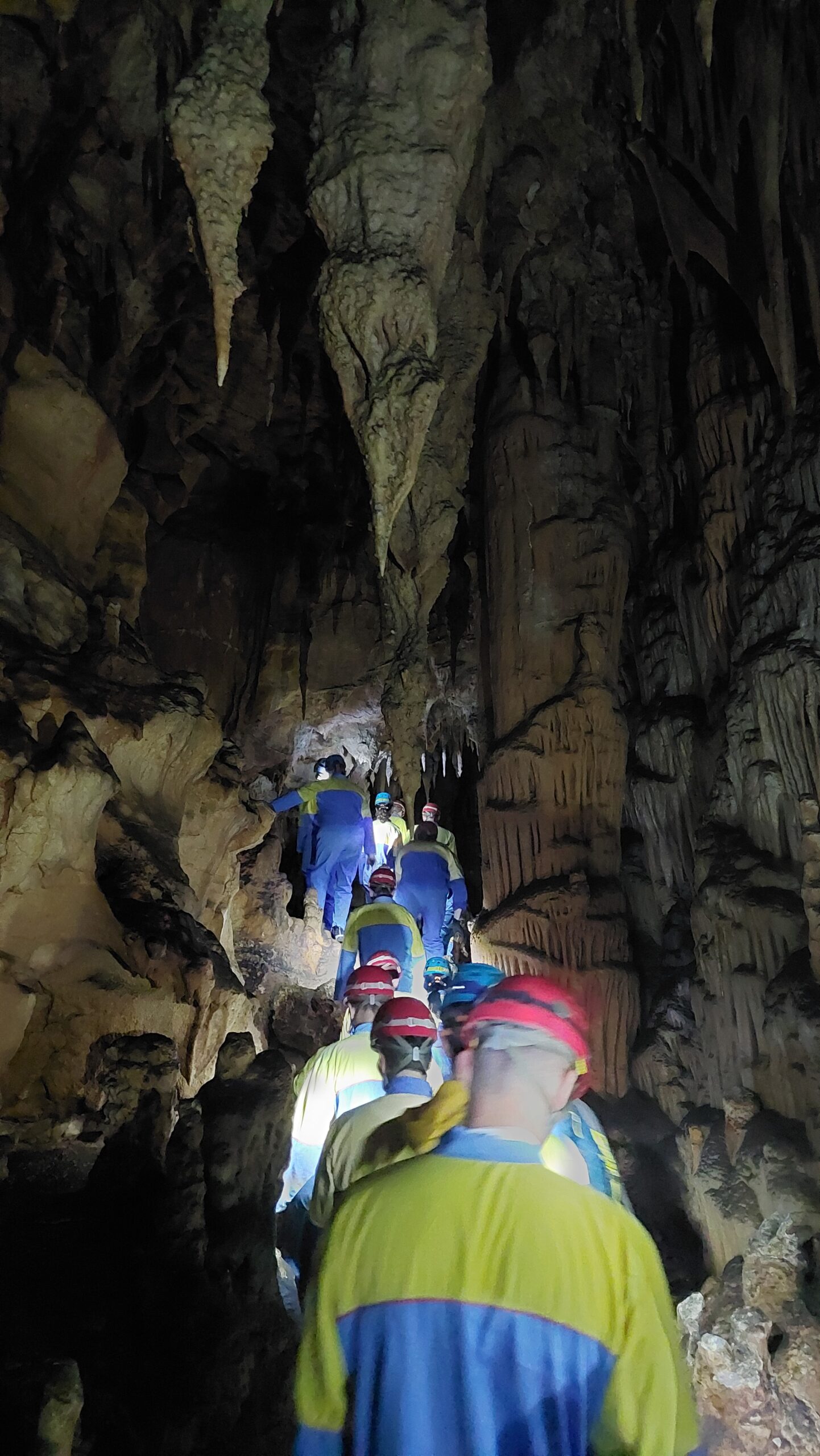- This event has passed.
Karstic Weekend ’24
8 August 2024 from 13:00 to 11 August 2024 from 18:00 Europe/Croatia
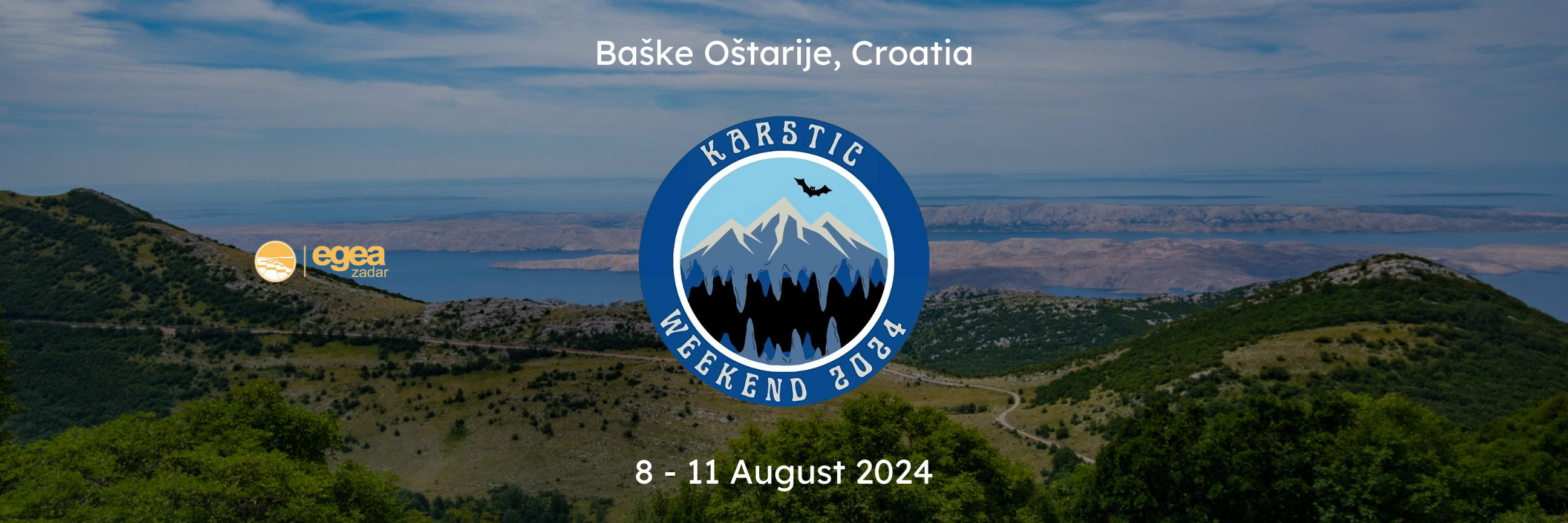
Welcome to Karstic Weekend ’24, an EGEA Zadar event in Croatia’s captivating Velebit karst region where mountains meet the sea! Join us to explore this unique land—caves, dolines and much more. Dive into nature’s mysteries, from forests to the magic of coastal karst, all amidst the embrace of Croatia’s stunning geography!
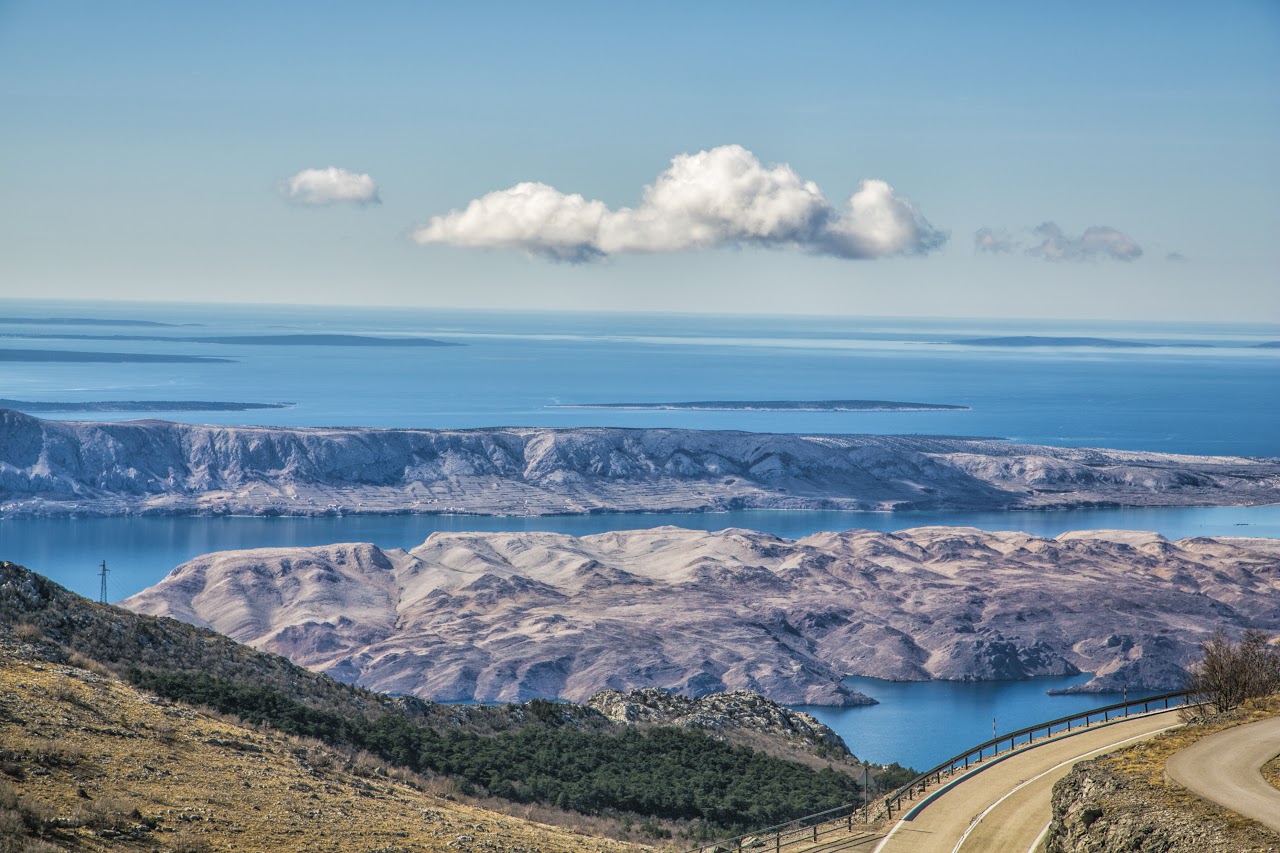
Location
PROGRAMME
Prepare to delve into the captivating world of karstology and related sciences! Upon arrival in Gospić, we’ll explore Nikola Tesla’s early life in the nearby village of Smiljan. Our journey begins with a lecture on karst by our wonderful professor from the University of Zadar’s Geography Department. The following day, a karst researcher will lead us on an exciting expedition to Modrič cave and Paklenica National Park, promising a delightful mix of caves, rivers, and stunning landscapes!
Expect an engaging scientific theme throughout Saturday with workshops facilitated by our enthusiastic geographers and karst scientists, covering topics like GIS and Karst research. Meanwhile, another exciting excursion near our accommodation awaits, featuring the breathtaking Premužić Path. And fear not, our weekend won’t be solely about science! We’ll sprinkle in some classic EGEA fun and Croatian adventures for an unforgettable experience!
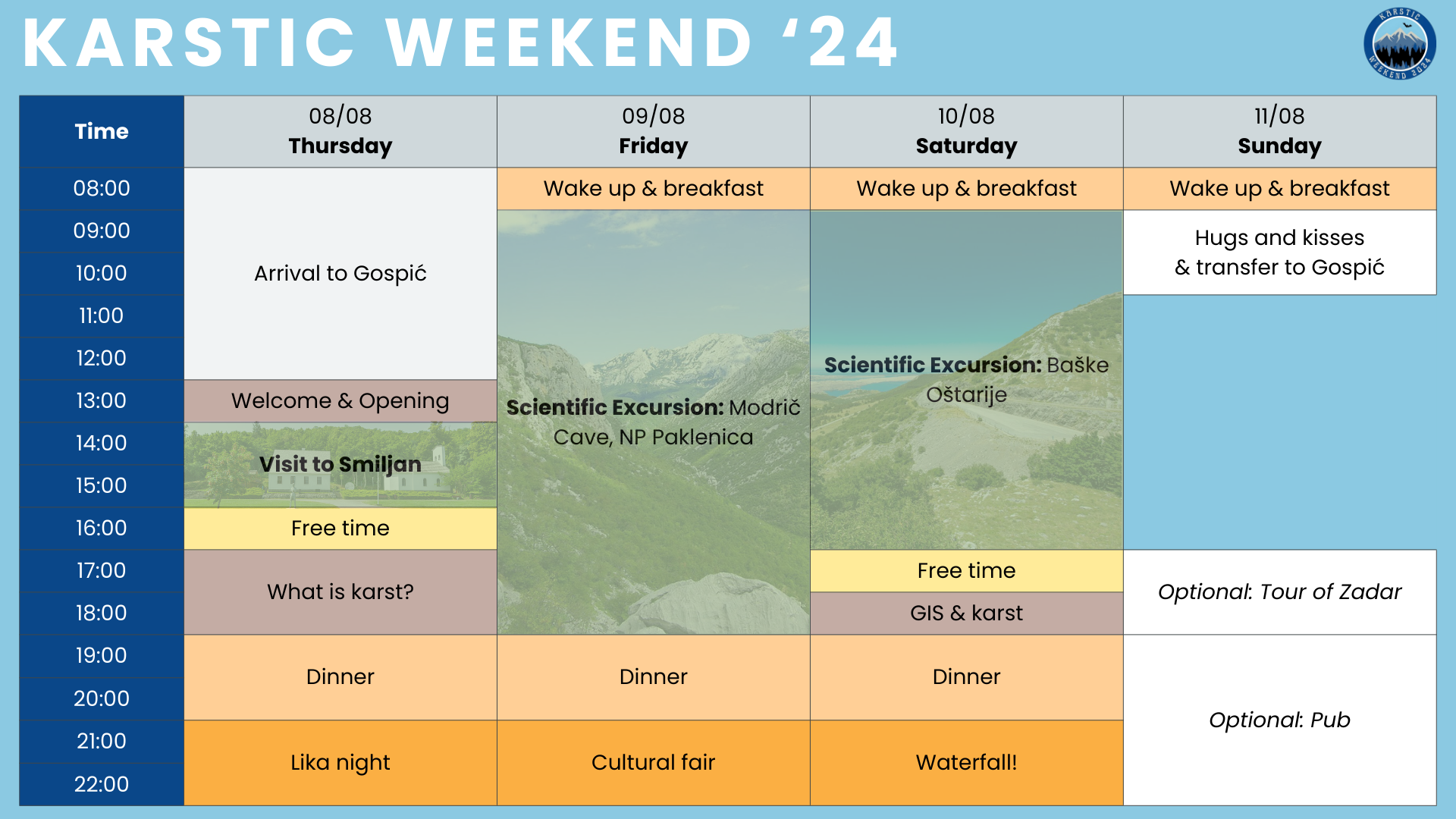
HOW TO GET TO GOSPIĆ
To get to Gospić from Zagreb and Zadar, here’s a breakdown of transportation options:
Now for the registration! – DEADLINE May 23rd 2024
See you there! 🌅⛰️🤍✨ Follow us on INSTA for more cool stuff!


